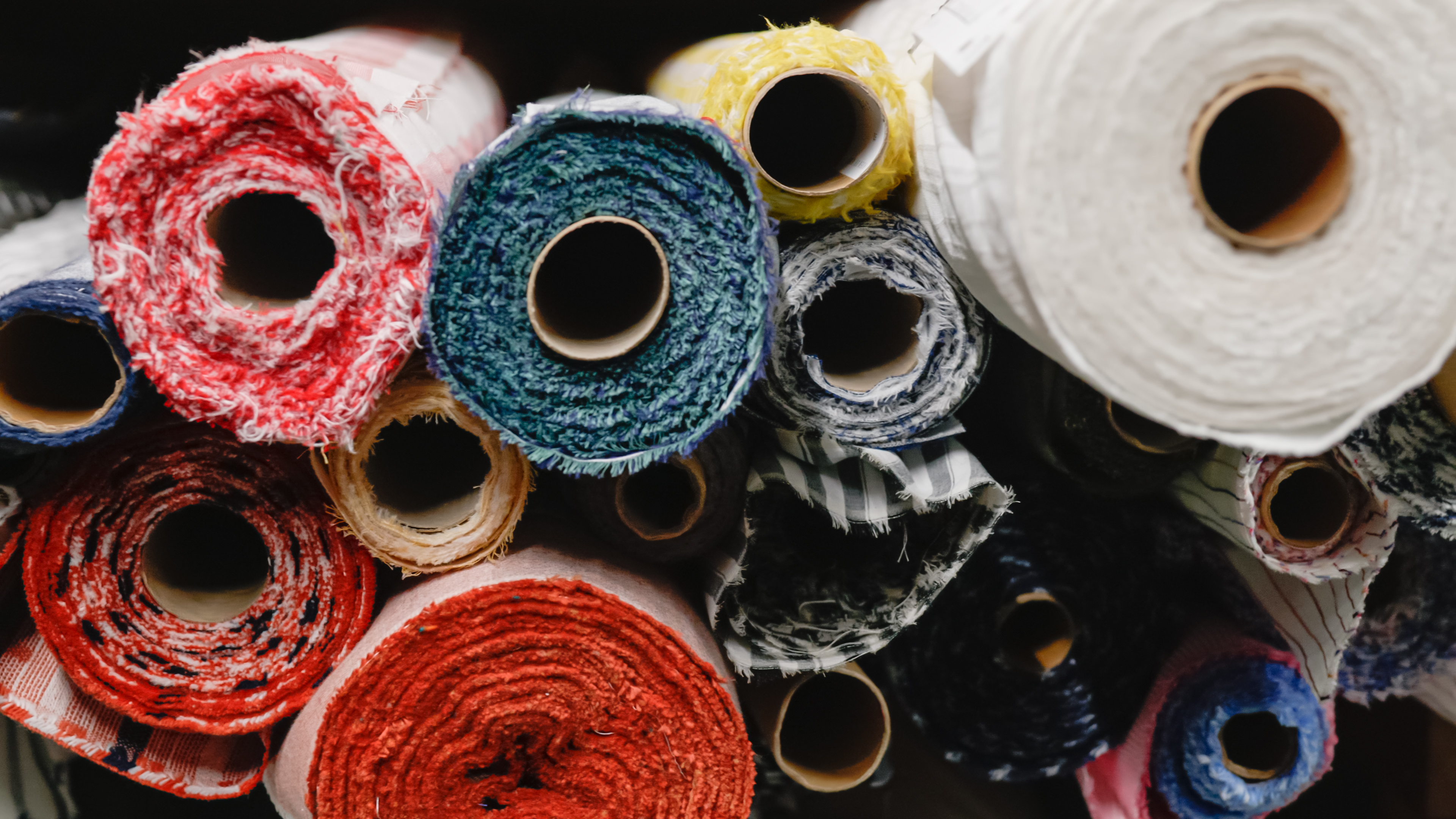Banshu-ori Fabrics: Inheriting Traditional Techniques and Bringing them into the Modern World
These expressive textiles, originating from central Japan, are made using yarns that are dyed before weaving.
Weaving with dyed yarns for expressive textiles

The prosperity of the Kita-Harima region, located in the heart of Hyogo Prefecture, owes much to the local textile industry devoted to Banshu-ori, a fabric made using the sakizome technique, i.e. dyeing the yarns before weaving. This handmade process requires experienced weavers but results in fabrics with a natural feel and vibrant colours. The resulting designs, much more so than the typical printed ones, have clean lines and graceful curves. The product range includes table linen, shirts, dresses, and stoles to adorn daily life.
Textiles with pleasant feel, bringing with them a long tradition

Cotton cultivation began in the early 18th century in the old region of Banshu, particularly around the present-day town of Nishiwaki. But it was only after 1792 that the local textile industry started to flourish, when a temple carpenter introduced to the region the weaving techniques used in the Nishijin district of Kyoto. Banshu-ori fabrics, with their long history, are thus mainly made of pure cotton, but sometimes also of linen, silk, or wool. The careful interweaving of the threads during the weaving process ensures that the fabric is pleasantly soft to the touch and feels very comfortable when worn. Furthermore, in order to pass on this tradition to future generations in the best possible way, various dyeing-effluent treatment facilities have been set up as part of the objectives of sustainable development and in compliance with the requirements of the Seto Inland Sea Environmental Protection Act.
A craft that connects the past to the future

In addition to the above-mentioned implementation of wastewater treatment, in 2008 the sector received a certified trade name from the Japanese Patent Office in order to preserve the local tradition of Banshu-ori fabrics, but also to make them better known in the archipelago and around the rest of the world. The Banshu-ori local designation applies only to products that are designed, dyed, and woven in the Kita-Harima region and otherwise meet the defined quality criteria. The products concerned are then marked with the official logo of the designation. The sector is also adapting to the current trends and is welcoming young designers who will make it possible in the future to produce fabrics that combine the best of tradition with contemporary forms of inspiration. In this way, we hope that these techniques, which express the Japanese aesthetic of sensibility, will adapt to our future lifestyles. It is this philosophy—of linking the past with the future—that permeates every Banshu-ori fabric.

For more information
Contact: Public Interest Organisation for the Industrial Development of the Kita-Harima Region
Telephone: 0795-22-7676
kitaharima-jibasan.orgTRENDING
-
The Tattoos that Marked the Criminals of the Edo Period
Traditional tattoos were strong signifiers; murderers had head tattoos, while theft might result in an arm tattoo.

-
Paris, Tokyo: Robert Compagnon
With his co-chef and talented wife, Jessica Yang, Robert Compagnon opened one of the top new restaurants in Paris: Le Rigmarole.
 3:31
3:31 -
The Story of Sada Yacco, the Geisha who Bewitched Europe
Described by Dazed magazine as the first beauty influencer, she has been restored to her former glory since 2019.

-
Ito Jakuchu's Naturalist Paintings
From 15 September until 14 October 2018, the Petit Palais showcased the artist's iconic ‘Images of the Colourful Realm of Living Beings’.

-
Chiharu Shiota, Red Threads of the Soul
Last year, more than 660,000 people visited the retrospective 'Chiharu Shiota: The Soul Trembles' exhibit at the Mori Art Museum.





